Home lifts are used to transport wheelchair users and are usually installed in single-family houses. They no longer use classic ropes, but are moved by a hydraulic drive. Unlike rope elevators, they are designed for small travel heights.
The car is usually driven by one or more hydraulic pistons installed at the bottom of the elevator shaft or next to the car. If the car is permanently connected to the piston, it is referred to as a hydraulic home lift. If the lifting force is transmitted via suspension ropes and rollers, the lift is referred to as an indirect hydraulic elevator. The hydraulic drive technology results in a smaller space requirement in the shaft and a lot of design freedom for architects.
Homelifts are low maintenance because there is no wear on idler pulleys and cables. The drive is easily accessible to the company being inspected and maintenance and repair is safer because there is no moving counterweight. Hydraulic vertical lifts are very suitable for retrofitting both indoors and outdoors in single-family homes. To be suitable for wheelchair users, the cabin must be at least 1.5m x 1.5m according to DIN 18040-2 and must be able to carry a weight of up to 630 kg.
Homelifts are quiet in operation and are easy to control even for a disabled person via hand switches or a remote control. Unlike traction elevators, they are designed for small heights. Heights of up to 25 m are now possible, but they are usually used for heights of up to 10 m. The drive of a home lift is usually located next to the lowest level.
Example prices | Features |
|---|---|
| Elevator type | Homelift |
| Drive | hydraulic |
| Breakpoints | 1 |
| Speed | low |
| Head | 3 meters |
| Shaft | On the outer facade |
| Load capacity | 3 persons or wheelchair user |
| Total cost incl. assembly | from approx. 25.000 Euro |
In case of problematic space conditions, the drive of a home lift can also be located up to 15 m away. This offers the advantage that the motor of the home lift, i.e. a possibly disturbing source of noise, is not located in the shaft, but outside the apartment or on the lowest floor. Home lifts can also be installed in places without much space, sufficient stability for a shaft head or in cramped old buildings. They have a flat access ramp and are also suitable for heavy electric wheelchairs. The maximum speed is limited, it is maximum 1 m/s, usually 0.63 m/s.
Home lift prices
How to overcome the stairs in your house? You could sell your single-family home and buy a one-story bungalow house instead, but this comes with a hefty price tag when you factor in the emotions of leaving your own home. Installing a home lift is the best solution for more and more seniors. What was once only possible for the wealthy is now an affordable option for many people.
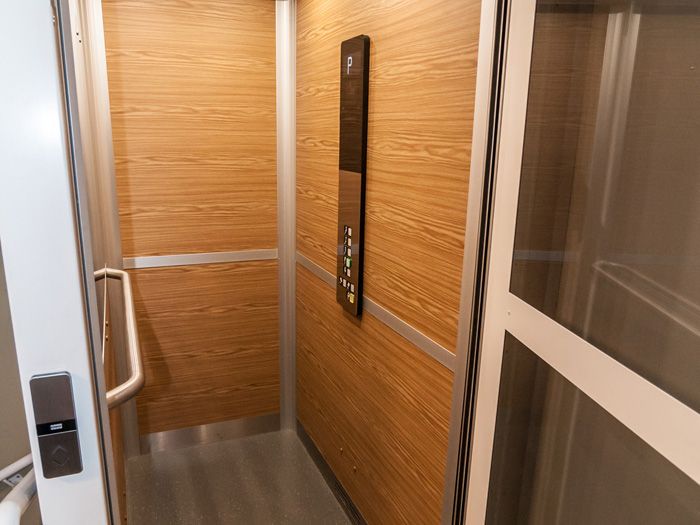 Photo: © iluphoto
Photo: © iluphotoUnlike many other home improvements, installing a home lift involves construction costs. Home lifts installed on an interior wall may require wiring, conduit or piping to be installed. An alternative is to have the shaft built on an exterior wall to reduce labor hours. There is also a cost to prepare for installation.
type of homelift | prices | description |
|---|---|---|
| Installation costs | approximately €20,000 | The average cost of installing a home lift is approximately 19,000 to 20,000 €. There may be additional costs if no shaft is available. |
| Machine roomless | from €15,000 | MRL home lifts cost on average about 15,000 to 20,000 € |
| Cable-driven | from 20,000 € | Cable-driven home elevators are cheaper than hydraulic elevators and cost on average about 20,000 € |
| Chain-driven | From €25,000 | When installed in a new construction home, chain-driven home lifts cost about 25,000 € |
| Hydraulic | from €30,000 | Hydraulic home lifts cost about 30,000 to 40,000 € |
| Pneumatic | from €40,000 | Pneumatic home lifts are easier to install, which keeps installation costs down. On average, they cost about 40,000 € |
An elevator retrofit can run into the thousands, and interior finishes such as wall coverings, custom flooring and lighting can greatly increase the cost. While the initial cost can be daunting, home lifts increase the value of your property by up to 10 percent. Costs associated with home lifts include:
Acquisition costs
A home lift often provides barrier-free access without extensive remodeling of the living environment. It can be installed within a very short time and is cheaper to purchase than conventional rope elevators. One should expect costs of at least 19,000 € when buying a home lift. In the case of a single-family house with 3 floors and larger conversion costs, prices of up to 50,000 € can quickly arise. If the elevator is installed for a wheelchair user, up to 4,000 € subsidy can be applied for and claimed from the care insurance, if a corresponding care degree is available.
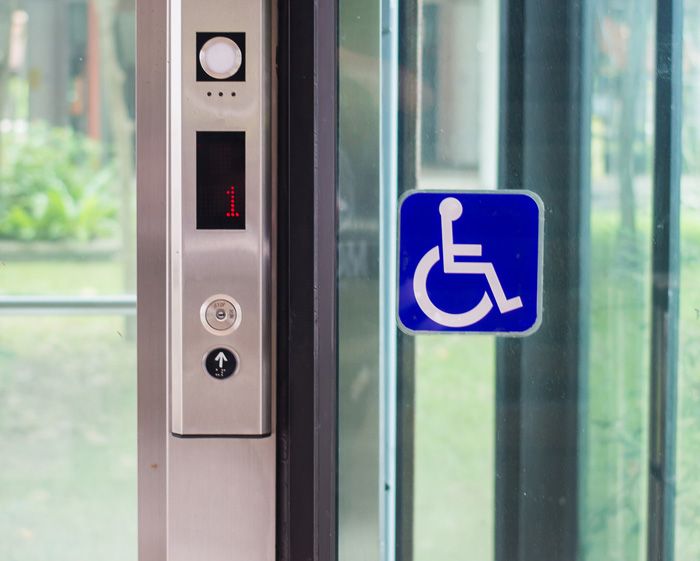 Photo: © Jamesboy Nuchaikong
Photo: © Jamesboy NuchaikongThe price of a home elevator depends on various factors such as load capacity, travel speed, number of stopping points, elevator shaft height, type of drive, elevator type and appearance. Elevators with round and fully glazed cabin are understandably more expensive than vertical elevators with classic design. The real purchase costs can be determined very accurately by obtaining several cost estimates from different lift manufacturers -and service providers. However, the costs of the necessary conversion work on the family home remain an incalculable factor.
If larger ceiling and wall openings are necessary in and on the single-family house, additional costs may arise because the statics of the house must be checked again by an expert. The prices for a structural analysis vary greatly from one architect to the next. Therefore, before buying a home lift, find out about “all” the costs involved and financial subsidies. In addition to the care cost subsidy for measures to improve the individual living environment, the state-subsidized KfW Bank promotes measures to reduce barriers with favorable loans of up to 50,000 €.
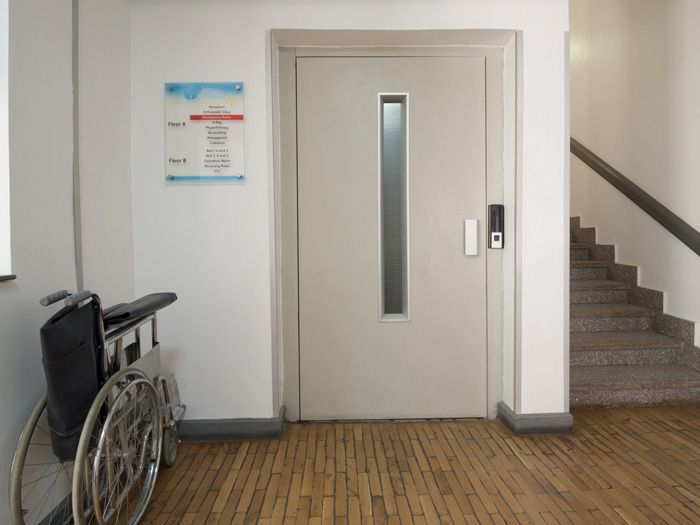 Photo: © Paul Vinten
Photo: © Paul VintenThe prices and options for customizing a home lift vary greatly from manufacturer to manufacturer. There are no blanket price quotations such as a price per floor or square meter of cabin area. Generally speaking, the higher a home lift is and the more weight it can transport, the more expensive it is. Per floor, you should count on at least 15,000 € without costs for static expertise and conversion work.
A vertical lift, which is mounted on the outside of the facade, is about 12 meters high, has 2 stopping points, moves via a hydraulic drive and can be used by a wheelchair user or a maximum of 4 people at the same time, should cost at least 40,000 € with installation. The purchase of a home lift is costly and should be carefully planned. With a price comparison over treppenlifto.de much money can be saved. You will receive up to three free and non-binding offers from home lift providers in your region, which you can compare at your leisure and without risk.
Maintenance costs
Homelifts are low-emission, durable, lightweight and space-saving. A home lift only needs to have its oil and seals changed every 15 years. The material required for this is freely available and costs around 100 €. For the professional implementation of the oil and seal change, one should expect costs of about 1,500 €. In a traction elevator, the rope and sheave must be replaced every 10 years on average. The components required for this are proprietary and, with prices of up to 1,000 €, very expensive. Labor costs for maintenance are around 5,000 €. Usually, one signs a partial or full maintenance contract with the lift manufacturer from whom one buys the home lift to arrange maintenance for the period of five or ten years. The costs for maintenance, inspection, cleaning, lubrication, adjustment work and the replacement of wear parts are then usually regulated on a flat-rate basis.
Energy costs
The energy costs for a home lift are made up of consumption during travel and standby times. For a homelift in a single-family house with 4,000 trips per year, i.e. about 11 trips per day, one should expect energy costs of 600 kWh standby power and 600 kWh travel power. At an electricity price of 0.26 €/kWh, this results in annual costs of approximately 312 €. Electricity consumption for traction elevators is similar overall. Elevators in single-family homes are at a standstill 99% of the time, whereas elevators at airports and train stations are in full operation 365 days a year. Energy costs therefore depend primarily on how much the elevator is used, whether the installed drive is suitable for the particular usage situation and how high the elevator is. As a rule, more than 50% of the power consumption of all home lifts is consumed in standby (idle) mode. In order to save energy costs, you should make sure that LED lamps are used instead of halogen or incandescent lamps and that there is a timer function for lighting and electronics.
Types of home lifts
When looking for the perfect home lift, there is a wide selection to choose from. The drive system, or the way the elevator car raises and lowers, determines the types of home lifts available today. Cable driven elevators are usually the least expensive, while pneumatic elevators are usually the most expensive. Chain-driven elevators, traction sheave elevators and hydraulic elevators belong to the middle price segment.
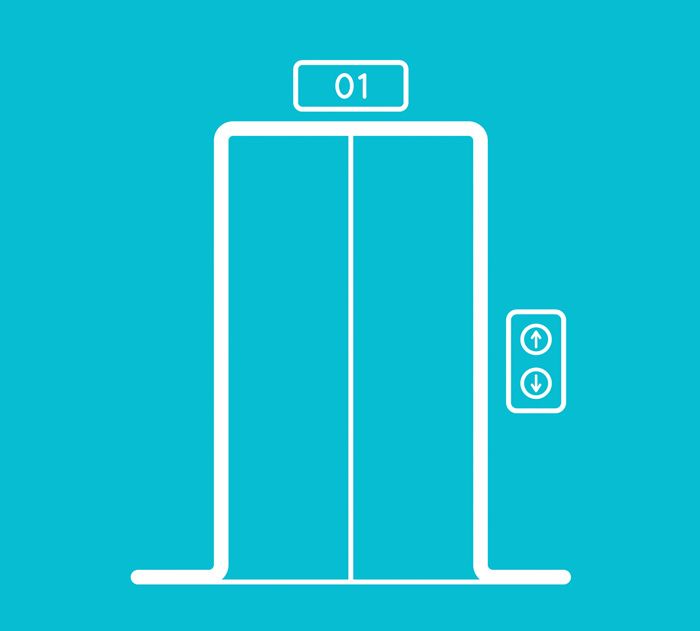 Photo: © sumkinn
Photo: © sumkinnThere are five basic types of homelifts
Elevators | best for … |
|---|---|
| Cable driven elevators | New construction |
| Chain driven elevators | New construction, space saving, durable |
| Machine roomless elevators | Retrofit, Existing homes |
| Hydraulic elevators | New construction, space saving |
| Pneumatic elevators | Retrofit, Existing apartments |
If you’re considering a home lift to make your home more accessible and age-friendly, you have more options to choose from than ever before. Before you decide on a particular type, you should think about the space you have available for installation. The following information will be useful to you when you sit down with your regional elevator company to decide what type of elevator to install.
Regardless of the drive system, there are a variety of elevator styles available in different sizes. From compact elevators designed to fit into spaces as small as a closet to larger models that can accommodate a wheelchair, home elevators can become a discreet part of your home.
Cable-driven lifts consist of a shaft, car, control system and counterweights. Some models also require a mechanical room. Cable-driven elevators are similar to those found in commercial buildings. These elevators take up the most space because of the shaft and mechanical room, so installing a cable-driven system in new construction is much easier than trying to retrofit an existing home. Cable elevators rely on a pulley system for movement. They are less common in new construction because hydraulic technology is installed in most cases.
Chain-driven elevators are similar to cable-driven elevators, but they use a chain wrapped around a drum instead of a cable to raise and lower the car. Chains are more durable than cables and do not need to be replaced as often. Chain-driven elevators also do not require a separate machine room, which saves space.
Machine room-less elevators operate by sliding up and down a travel path with a counterweight. This type is an excellent choice for existing residential properties because neither machine rooms nor pits extending into the floor are required. Traction elevators, however, still require additional space above the elevator roof to accommodate the components needed to raise and lower the car. Shaftless elevators consist of a rectangular elevator car positioned on a rail. The car travels on the track from the lower floor to the upper floor and back.
Hydraulic elevators are driven by a piston moving in a cylinder. Because the drive system is housed entirely in the elevator shaft, no machine room is required, and the control system is small enough to fit in a cabinet on a wall near the elevator. Hydraulic systems with holes require the cylinder to extend into the floor to the depth corresponding to the elevator’s feet, while hydraulic systems without holes do not require a pit.
Pneumatic elevators use a vacuum system inside a tube to power their movement. A pit or machine room is not required, making pneumatic home lifts the easiest to retrofit into an existing home. Pneumatic systems consist of glass or acrylic tubes (typically about 76.2 inches in diameter) that look a bit like large mail tubes you may have seen in older buildings. They are not hidden in the wall and are usually placed next to an existing staircase.
Homelift safety
Technical rules for home lifts are regulated and recorded in the European Directive 95/16/EC. This directive has been implemented into national law in Germany through the Elevator Ordinance (12th GPSGV). The law stipulates that home elevators must be monitored and inspected every two years at the latest. In addition to the main inspection, which must take place every two years, so-called intermediate inspections are mandatory. Therefore, the inspection cycle for home elevators is usually twelve months. In Austria, European elevator legislation is regulated at the federal state level. For this reason, there are nine elevator laws within the building code in Austria, depending on the canton.
Today, due to high safety requirements, home lifts are equipped with a safety system that prevents deviations from normal operation, excessive speeds or a fall of the cabin, even if the complete hydraulic system fails and all suspension ropes break. Home lifts in single-family homes, which are state of the art, no longer use classic ropes, but a hydraulic drive or spindle drive. The control electronics constantly monitor the internal electrical resistance. If a change or stronger deviation indicating damage is registered, the vertical lift is stopped in a controlled manner at the next stopping point, the doors are opened and a fault message is automatically sent. A speed limiter prevents the car from traveling too fast or crashing. If a limit value is exceeded, the drive is switched off electronically and the car is brought to a standstill mechanically. This safety device is independent of other parts of the vertical lift and functions mechanically, i.e. even in the event of a power failure. Modern vertical lifts are also connected to an automatic emergency call system.
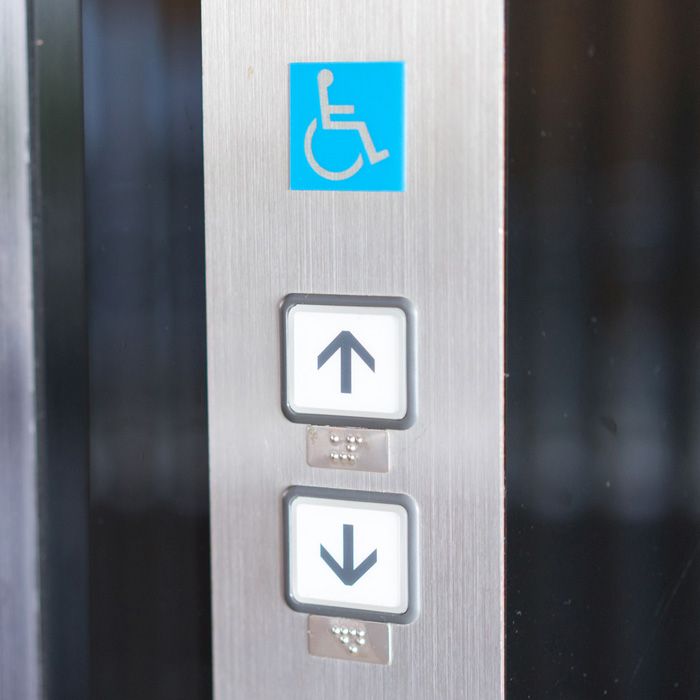 Photo: © alice-photo
Photo: © alice-photoOperational malfunctions of home lifts can result in the lift car no longer being able to open, e.g. if the lift gets stuck between two floors. In this case, an emergency call button is installed which enables the trapped person to contact a security service or notifies it automatically. The assigned security service must be on site within 30 minutes. In many home lifts installed before 1999, the emergency call button merely triggers a loud noise intended to alert other people. This type of emergency call system is no longer permitted in new installations, but existing home lifts may continue to be operated unchanged.
FAQ – Frequently Asked Questions about Homelifts
 Photo: © vectorchef
Photo: © vectorchefHow much do home lifts cost?There are so many variables involved in home lift installation that it’s impossible to give even a rough estimate. It’s best to decide what size lift you need and how many floors it will need to travel, then get estimates based on those factors.
Home elevator prices vary depending on the features you choose, but the starting price of a home lift is around €19,000. This price includes installation, setup, training and warranty. To get an accurate estimate for your home lift, you’ll need to schedule a no-obligation on-site visit with a lift company.
How fast do homelifts go? The average speed for a home lift is 12 meters per minute.
What is the difference between home elevators and elevators? Home elevators are not subject to the same size and weight requirements placed on commercial elevators. However, home lifts are equipped with many of the same safety features found in commercial elevators.
How much space does a home elevator require?The amount of space an elevator requires depends on the type of elevator you want and whether you are retrofitting it or installing it in a new home. If you need a free estimate based on your specific situation, you can submit a consultation request here. Standard sizes for traditional cable or hydraulic elevators range from 1.1 to 1.4 square feet. To install a hydraulic or traction elevator that is built into your home and hidden behind a door or bookcase, you will need at least 1 square foot of space in your home. A pneumatic vacuum elevator can be a good option if you have limited space. You will need about 1.5 by 1.5 meters to accommodate one person in the elevator. Another elevator option with a small space requirement is the shaftless elevator. It is designed for one wheelchair or two people and usually requires 1.3 square meters of space.
For whom are homelifts best suited?For people with disabilities and conditions that affect mobility, it can be difficult to get around at home at all. There are several types of personal elevators that can be used in a home environment – stair lifts, platform lifts and car lifts. A stair lift is not suitable for people with no or severely limited mobility, as it requires transport in a standing position or in a wheelchair. Cabin lifts and platform lifts are suitable for people with little to no mobility. However, these types of elevators tend to be bulky, noisy, and can be difficult for users to operate on their own. Home lifts are extremely versatile, safe and have a sleek, modern design, making them ideal for home use. However, installing a home lift is a big investment, so we’ve put together this guide to cost and various factors that affect price.
Are home lifts custom made?A standard size lift is more affordable than a custom lift. The advantage of a custom sized lift is that you get more control. You can customize the lift to fit the available space, so you avoid construction costs that you would have if you resize the structural conditions to fit a standard lift. So in cases where a lot of construction work would be required, a custom elevator can be more cost effective.
How many floors can a home lift cover? Generally, a home lift can cover 1 to 4 floors. If more than one floor needs to be covered, more stops need to be included in the installation. This makes the process more complex and time-consuming, which increases the price of the elevator. Most single-family homes have only two floors, so a home elevator usually only needs to cover two floors. If your home has more than two floors, expect to pay up to €50,000 to install a home elevator.
What are the operating costs? Once you know how much it will cost to install a home lift, you should also think about how much it will cost to operate, maintain and generally service your lift. Operating your elevator will affect your energy bill, and if your supplier doesn’t offer a warranty or maintenance, you may need to hire a third-party company for repairs or maintenance. Home elevators are extremely energy efficient, using only as much energy as an iron when in operation! If you have more questions about home elevators, the cost, and what type of elevator is best for you, please contact us! We will be happy to advise you.
Is Additional Construction Required? If additional construction is required to prepare your home for an elevator, you will need to factor this into your overall budget. For some types of elevators, you may need to change your room layout or even build an addition for the elevator. Major construction can be both very stressful and expensive. So, before you choose a cheaper elevator model, consider whether a higher-end model can save you money and hassle by avoiding additional construction work. You may find that while the elevator is more expensive, the overall installation costs less. Most elevator contractors only require a load-bearing wall to install the hydraulic drive system. The rest of the elevator shaft can be done with partition walls. This means that installation usually takes only a few days. Home lifts are designed to be flexible enough to minimize additional construction work.
Conclusion
Installing home elevators or home elevators can be expensive. The total cost of purchasing the elevator itself, installing it and necessary safety features such as railings ranges from about 20,000 to 50,000 €. The type of elevator you choose, the number of floors you need to access, and whether you are installing the elevator in a new building or retrofitting your existing home will affect the installation cost. Another factor that can affect the installation cost of an elevator is your location.
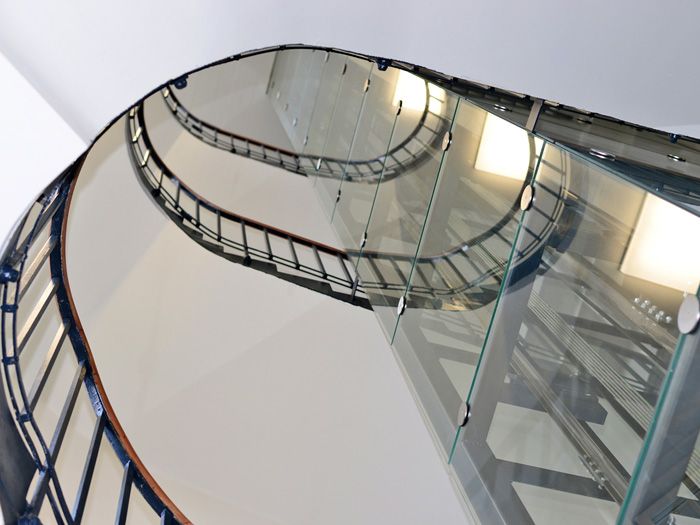 Photo: © smereka
Photo: © smerekaStates with higher demand usually have more affordable prices. In general, the purchase and installation of a standard hydraulic elevator for a two-story house averages about 45,000 €. Pneumatic elevators average about 40,000 € to purchase and install. A shaftless elevator is the most affordable option, costing on average about 20,000 € to purchase and install.
If you are building a new home, you have the most options for installing a home lift. You can choose the most convenient or attractive location for your elevator and determine how big you want it to be by allowing more or less space for the elevator shaft. If you plan to retrofit your existing home with an elevator, pneumatic vacuum elevators or shaftless elevators are the most affordable options. Both require little space and can be installed almost anywhere in the home. Pneumatic home elevators are often installed next to an existing staircase, but can be installed almost anywhere by drilling a hole in the floor of the second story.
Image sources: Shutterstock

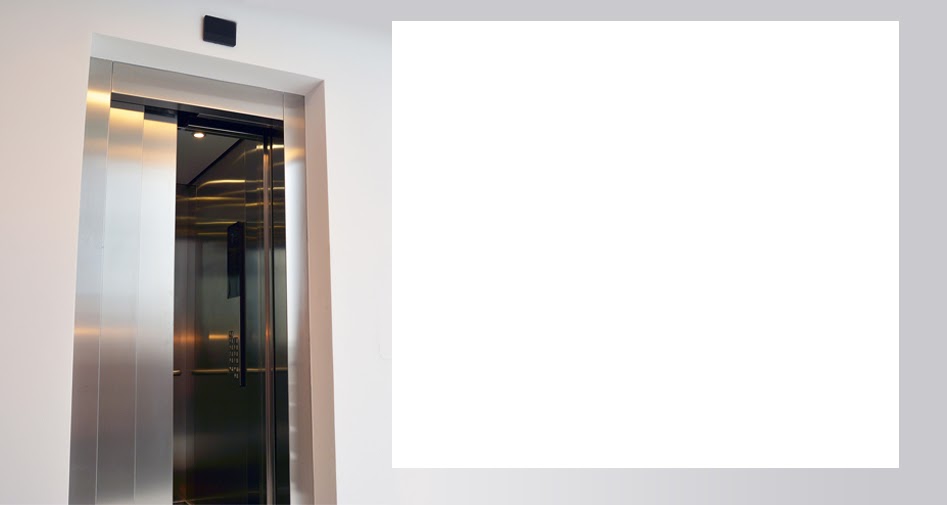
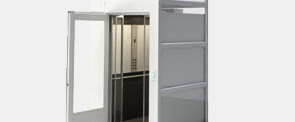
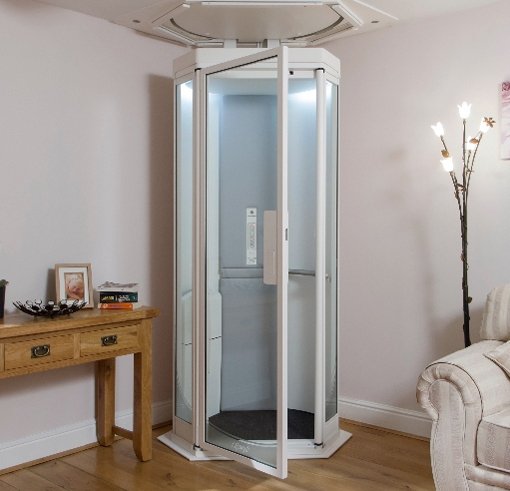
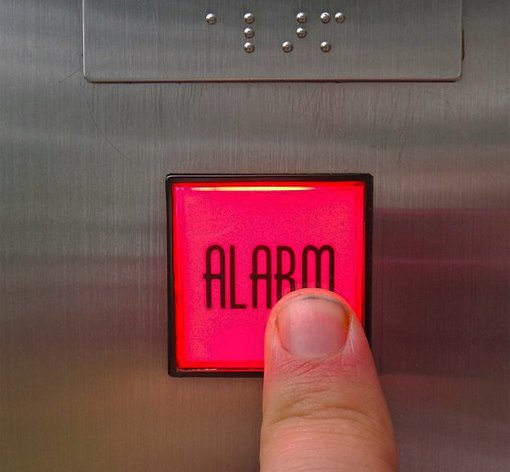
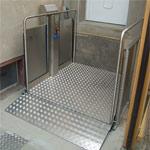
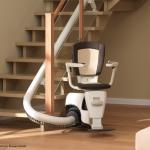
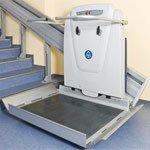
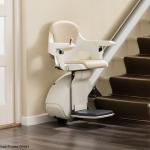
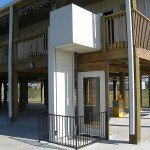
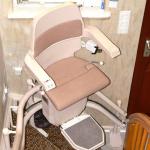
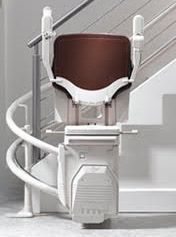
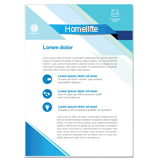

Good day, I would like to buy a duplex apartment. A spiral staircase leads from one floor to the higher one. Could a home lift be installed instead of the staircase, which is also suitable for a wheelchair user? What costs would I have to expect? Thank you very much for your answer.
With kind regards
Kanz